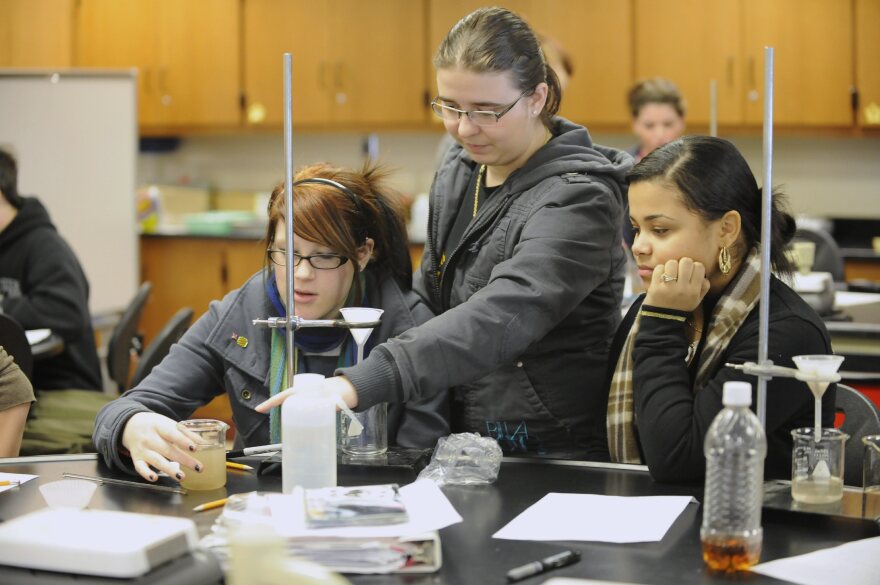Suicide is often dealt with quietly and privately, with respect for all involved and those who might have been affected. But with suicide rates climbing in Utah, particularly in young adults, the topic is being brought from the shadows of reverence and into the light of conversation.
A 2012 study by the National Center for Health Statistics shows Utah’s suicide rate has been consistently higher than the national rate. In the past three years alone, Utah has seen one-and-a-half times as many suicides on average as the rest of the United States. And according to a study by the Association for Suicidology, Utah ranks tenth for most completed suicides in individuals aged 15 to 24.
Neurobiologist Perry Renshaw from the University of Utah said suicide has become an epidemic in Utah.
“When you talk about an epidemic of suicide, it’s not necessarily referring to, say, groups of teenagers who have suicide pacts, so much as just saying that year after year, on average in this particular region of the country, we have more deaths by suicide than we would really want,” Renshaw said.
Individuals at Lone Peak High School are trying to address the concern of suicide in teenagers. English teachers Jacob Rees and Kyle Nelson collaborated with other faculty members and several students to create a motivational video for the student body.
In the beginning of the video, we see words being typed and erased on a screen—“we know how hard…” Erased. “We understand…” Erased. Then finally, in bold—“we see you.”
Kyle Nelson co-authored the video, which was eventually titled “We See You.”
“There were so many drafts and different things that led to that,” he said. “I think the overall idea was that we wanted to show students that we have been in the same position that you have. I think the beginning of that video was like, ‘We don’t know what to say.'”
Greg Hudnall is the executive director at HOPE4UTAH, an organization dedicated to reducing the number of youth suicides. He explained the organization’s strategies, which are called the “ventions.” In dealing with suicides, their time is split three ways—prevention takes 80 percent of the time, intervention—15, and postvention—5 percent.
“Postvention, that’s basically what do we do after a suicide so that we can prevent a contagion,” Hundall said.
Studies show that suicide is a sort of contagion, as they often occur in clusters. This was how the majority of deaths at Lone Peak High School transpired.
Last November, two students died by suicide within a two-week period in the Alpine School District. Rees said there have been several other deaths since he started working there six years ago. A week after their video was played in an assembly, another student at Lone Peak died by suicide. Nelson addressed this.
“It’s really silly to think that you put a video out and it fixes all of our problems,” he said. “I mean, we’re still struggling. I just know that it impacted a lot of people in a positive way.”
Students told Nelson that it was cool to see their teachers in a different light. He said the discussion needs to be perpetuated in a smaller setting, with individual conversations and on a personal level.
Hudnall said it is critical for staff to reach out to and provide support for students. Administrators, teachers, lunch ladies, bus drivers, custodians, secretaries—they are all trained by HOPE4UTAH team members on how to approach struggling students.
“You’ve heard the quote that it takes an entire village to raise a child? We believe it takes an entire community to save one,” he added.
Hudnall said some of the factors that play into the hopeless mindset that leads to suicide are the pressures to get into college and, for Latter-day Saints, to serve a mission. More prominently, he said, is the “unknown factor.” The “what do I do after high school” factor.
Rees and Nelson addressed this in their video when it said, “So you can’t touch the rim, and you haven’t had your first kiss and we marked you absent yesterday, even though you were sitting in the front row. We just want you to know, this is not the end. High school was never supposed to be the end.”
In the second and final installment of “The Suicide Epidemic,” we will explore what high schoolers see as “the unknown”—college, and the pressures that lead to student suicides in that setting.


